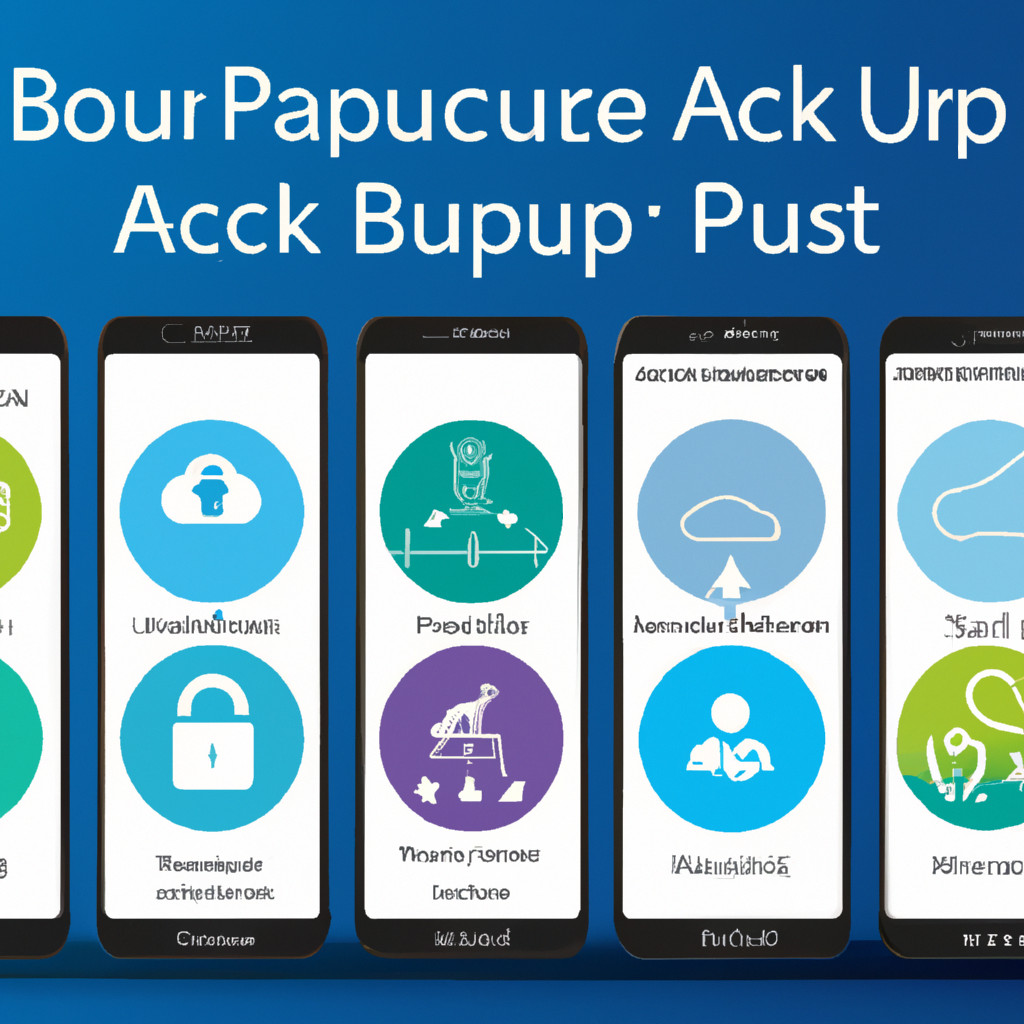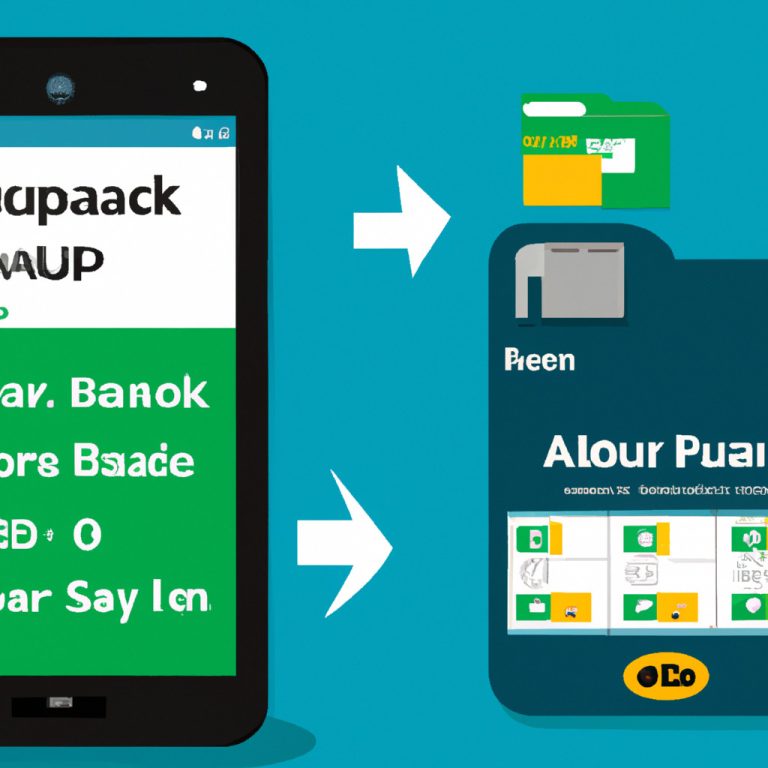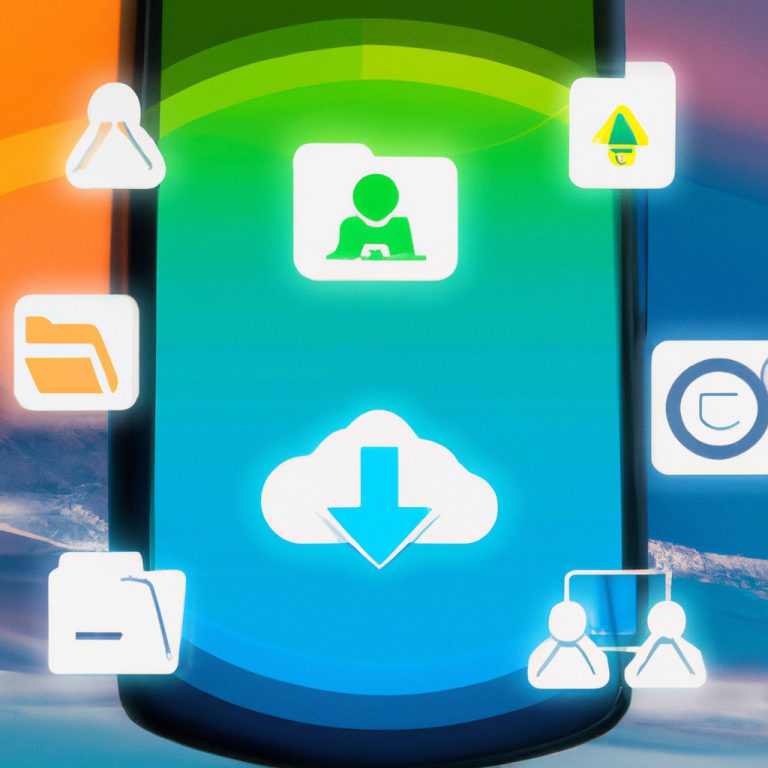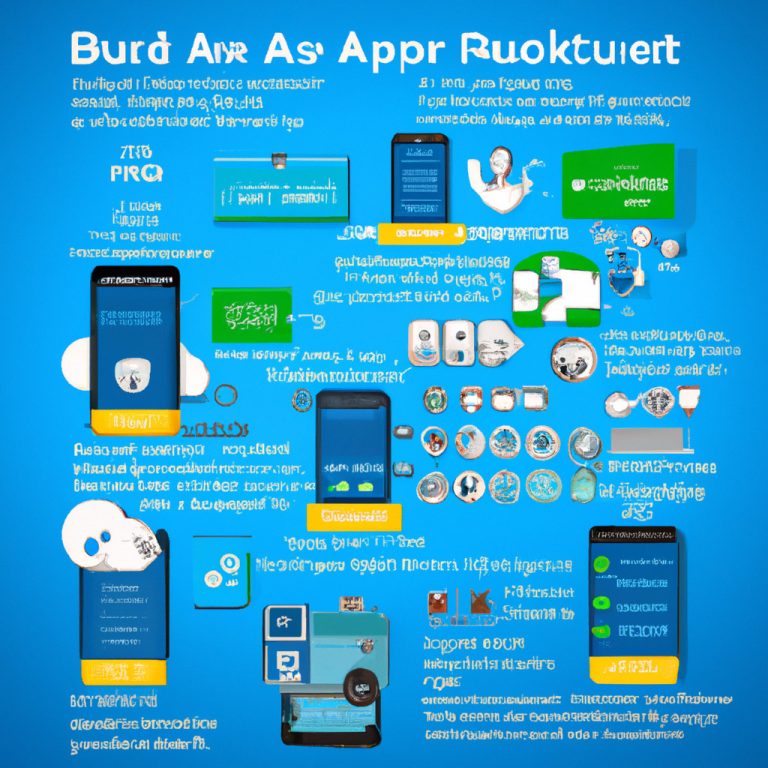
Android app data backup methods take center stage in today’s digital world, where protecting your data is paramount. From built-in solutions to third-party apps, explore the best ways to safeguard your valuable information on your Android device.
This Artikel delves into the importance of backing up data, compares different methods, and provides practical tips for securing your app data effectively.
Overview of Android app data backup methods
Backing up data on Android apps is crucial to ensure that important information, files, and settings are not lost in case of device failure, accidental deletion, or software issues. Without proper backup methods in place, users risk losing valuable data that may be impossible to recover.
Importance of Data Backup
- Preventing loss of important files and documents
- Ensuring continuity of work and productivity
- Protecting personal information and sensitive data
- Restoring device settings and configurations
Risks of Not Having Proper Backup Methods
- Permanent loss of photos, videos, and documents
- Inability to recover contacts and messages
- Difficulty in restoring app settings and preferences
- Potential data breaches and security risks
Scenarios of Data Loss Without Backups
- Accidental deletion of important files
- Device malfunction or hardware failure
- Software updates causing data corruption
- Theft or loss of the device
Built-in Android backup solutions: Android App Data Backup Methods
Android devices come equipped with built-in backup solutions to help users safeguard their app data. These options provide convenience and peace of mind for users looking to protect their important information.
Default Backup Options
Android offers users the ability to automatically back up their app data to Google Drive. This feature ensures that essential data such as app settings, call history, and Wi-Fi passwords are securely stored in the cloud.
Utilizing Google Drive for App Data Backups
Users can easily manage their backups by accessing the Google Drive app on their Android device. By enabling the backup settings in the device’s system preferences, users can seamlessly back up their app data to Google Drive for safekeeping.
Want to backup your Android photos to your PC ? It’s a smart way to ensure your precious memories are safe and secure. By transferring your photos to your computer, you can free up space on your device and have a backup in case anything happens.
Effectiveness of Built-in Backup Solutions vs. Third-Party Apps, Android app data backup methods
While built-in backup solutions provided by Android offer a convenient and integrated approach to data backup, some users may opt for third-party apps for additional features and customization options. Third-party apps often provide more granular control over which data is backed up and offer additional security measures for users concerned about data privacy.
Looking for free Android backup software to download ? There are plenty of options available online that offer efficient and reliable backup solutions for your Android device. Make sure to choose one that suits your needs and preferences.
Third-party apps for Android app data backup
When it comes to backing up your Android app data, there are several third-party apps available that offer additional features and functionalities beyond the built-in options. These apps provide users with more control over their backups and often offer more customization options.
Popular Third-Party Apps for App Data Backup
- 1. Helium – App Sync and Backup: Helium is a popular choice for Android users looking to backup their app data. It allows users to backup and restore apps and data without the need for root access.
- 2. Titanium Backup: Titanium Backup is another well-known app that offers extensive backup options, including the ability to freeze apps, schedule backups, and batch backup multiple apps at once.
- 3. Super Backup & Restore: Super Backup & Restore is a user-friendly app that lets you backup your apps, contacts, SMS, and call logs to your SD card or Google Drive.
Features and Functionalities of Third-Party Backup Apps
- Customization Options: Third-party backup apps often provide more customization options, allowing users to choose what data to backup and how frequently to do so.
- Batch Backup: Some apps offer the ability to backup multiple apps at once, saving users time and effort.
- Cloud Backup: Many third-party apps allow users to backup their data to cloud storage services like Google Drive, Dropbox, or OneDrive for added convenience and security.
Using Helium – App Sync and Backup for Backups
- Download and Install Helium: Go to the Google Play Store, search for Helium – App Sync and Backup, and download the app on your Android device.
- Connect to Your Computer: To use Helium, you will need to connect your Android device to your computer and install the Helium desktop app.
- Select Apps to Backup: Open the Helium app on your device, select the apps you want to backup, and choose the storage location for the backups.
- Backup Your Data: Once you have selected the apps, tap on the “Backup” button to initiate the backup process. Your app data will be saved to the chosen location.
Manual backup methods for Android apps
When it comes to manually backing up app data on Android devices, users have several options available to ensure their data is safe and secure.
Have you ever wondered how to backup and restore SMS on your Android device ? It’s essential to keep your messages safe and easily accessible. With the right tools, you can quickly backup and restore your SMS data whenever needed.
Process of manually backing up app data
One common method is to use the built-in file manager on your device to copy the app data folder to an external storage device, such as an SD card or USB drive. This involves locating the app data folder within the file manager, selecting the files you want to back up, and then copying them to the external storage.
Pros and cons of manual backup methods
- Pros:
- Users have full control over which files are backed up.
- Does not require an internet connection.
- Can be more cost-effective than automated solutions.
- Cons:
- Can be time-consuming, especially for large amounts of data.
- May not be as reliable as automated solutions if backups are not done regularly.
- Manually backed up data may not be encrypted or secure.
Organizing and storing manually backed up data securely
To ensure that manually backed up data is organized and stored securely, users can follow these tips:
- Use a dedicated folder on the external storage device for app data backups.
- Encrypt sensitive data before backing it up.
- Regularly update and maintain backups to avoid data loss.
- Consider using cloud storage services for an additional layer of security.
Final Review
In conclusion, ensuring the safety of your Android app data through proper backup methods is crucial in preventing data loss and maintaining the integrity of your information. By implementing the right strategies, you can rest assured that your data is protected and easily recoverable when needed.
Questions and Answers
How often should I back up my Android app data?
It’s recommended to back up your Android app data regularly, ideally on a weekly basis, to ensure you don’t lose important information.
Can I use multiple backup methods for my Android apps?
Yes, you can combine built-in Android backup solutions with third-party apps to create multiple layers of data protection for your apps.
Are manual backup methods more secure than automated solutions?
Manual backup methods can provide added control and security as you oversee the process, but they require more effort and consistency to maintain compared to automated solutions.



